Awkward controls and a lack of features make a device for Atari completists only.
Like a lot of children of the '80s, my early gaming nostalgia has a huge hole where the Atari 7800 might have lived. While practically everyone I knew had an NES during my childhood—and a few uncles and friends' older siblings even had an Atari 2600 gathering dust in their dens—I was only vaguely aware of the 7800, Atari's backward compatible, late '80s attempt to maintain relevance in the quickly changing console market.
Absent that kind of nostalgia, the Atari 7800+ comes across as a real oddity. Fiddling with the system's extremely cumbersome controllers and pixelated, arcade-port-heavy software library from a modern perspective is like peering into a fallen alternate universe, one where Nintendo wasn't able to swoop in and revive a flailing Western home video game industry with the NES.
Even for those with fond memories of Atari 7800-filled childhoods, I'm not sure that this bare-bones package justifies its $130 price. There are many more full-featured ways to get your retro gaming fix, even for those still invested in the tail end of Atari's dead-end branch of the gaming console's evolutionary tree.
7800HD
Much like last year's Atari 2600+, the 7800+ shell is a slightly slimmed-down version of Atari's nostalgic hardware design. This time, Atari took design inspiration from the rainbow-adorned European version of the 7800 console (which released a year later), rather than the bulkier, less colorful US release.
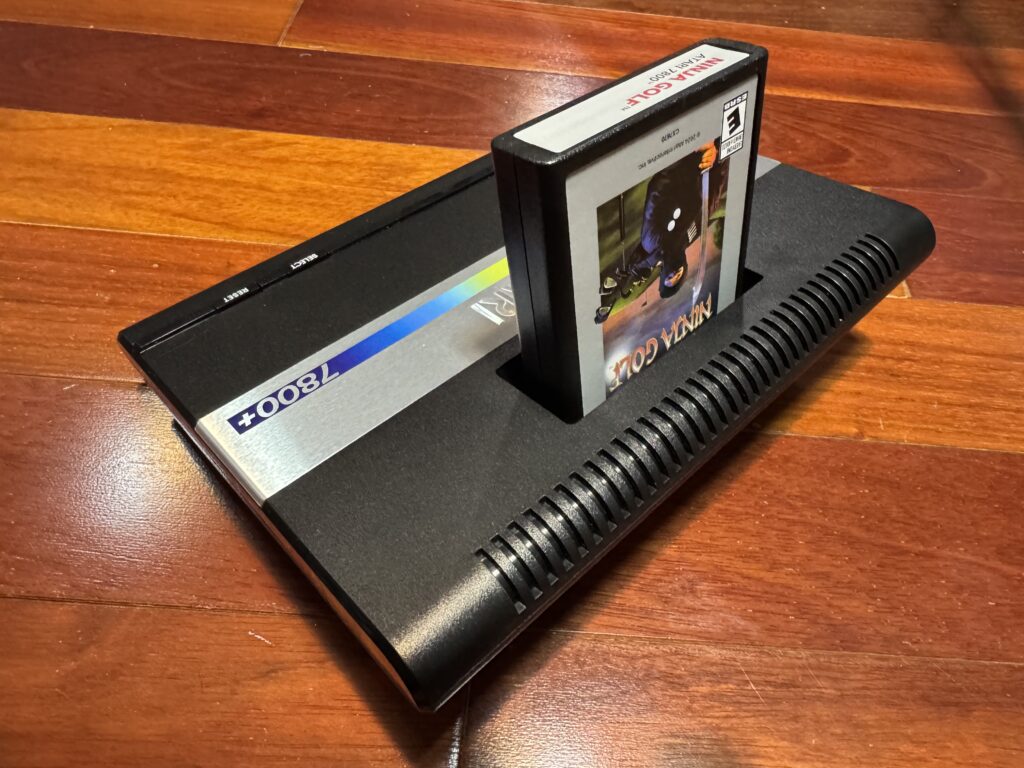
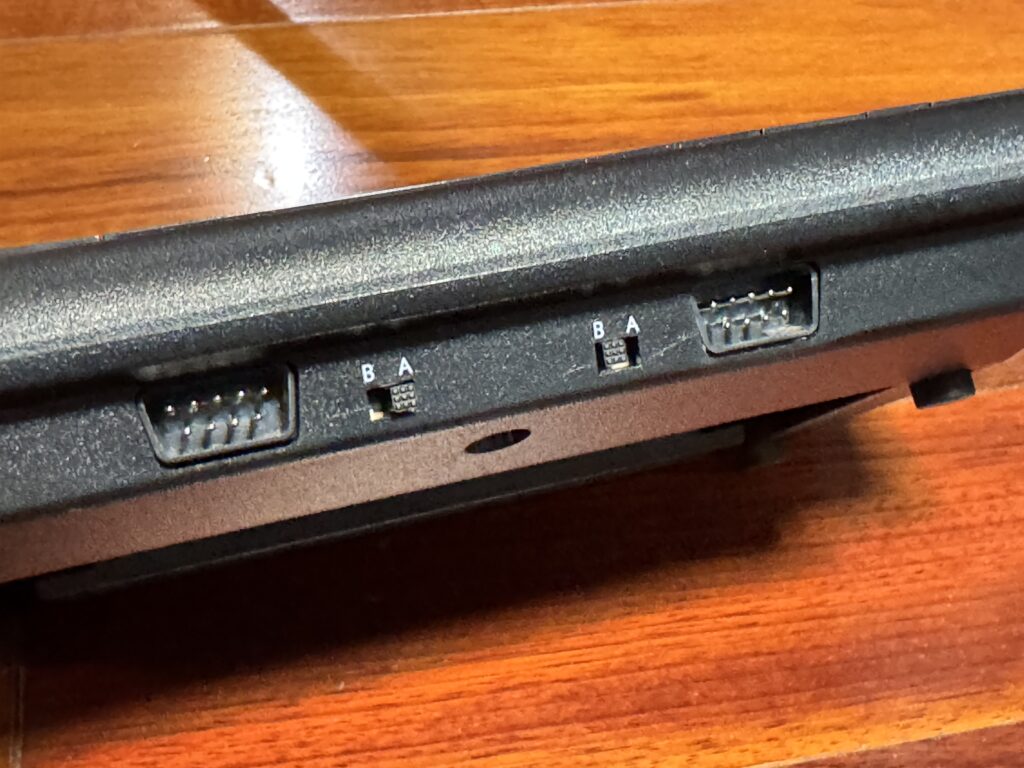
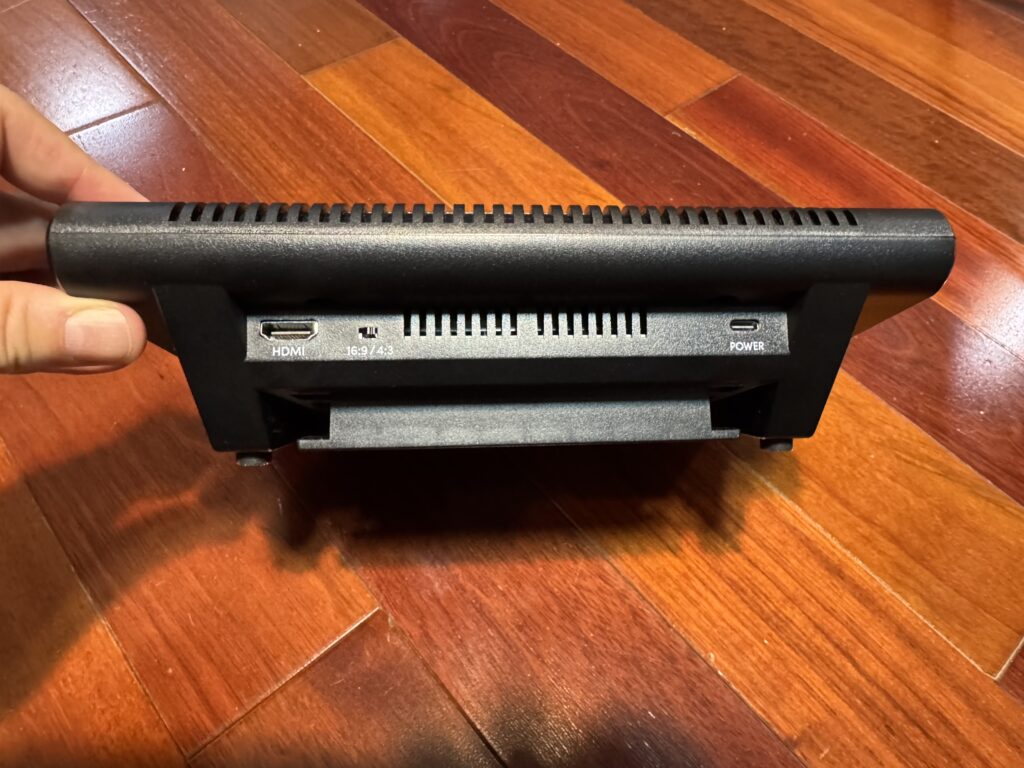
The 7800+ plays any of the 58 officially licensed Atari 7800 cartridges released decades ago, as well as the dozens of homebrew cartridges released by coders in more recent years (some of which are now being sold for $30 each by the modern Atari corporation itself; more on those later). The data on those cartridges is run via the open source ProSystem emulator, which seems more than up to the job of re-creating the relatively ancient 7800 tech without any apparent slowdown, input lag, or graphical inconsistencies. The 15 to 30 seconds of loading time when you first plug in a new cartridge is more than a bit annoying, though.
The HDMI output from the 7800+ is the updated console's main selling point, if anything is. The sharp, upscaled images work best on games with lots of horizontal and/or vertical lines and bright, single-colored sprites. But blowing up decades-old low-resolution graphics can also hurt the visual appeal of games designed to take advantage of the smoother edges and blended color gradients inherent to older cathode ray tube TVs.
Atari's new console doesn't offer the kind of scanline emulation or graphical filters that can help recreate that CRT glow in countless other emulation solutions (though a hardware switch does let you extend the standard 4:3 graphics to a sickeningly stretched-out 16:9). That means many of the sprites in games like Food Fight and Fatal Run end up looking like blocky riots of color when blown up to HD resolutions on the 7800+.
Beyond graphics, the 7800+ also doesn't offer any modern emulation conveniences like save states, fast-forward and rewind, slow-mo, controller customization, or high-score tracking across sessions. Authenticity seems to have taken precedence over modern conveniences here.
Much like the original Atari 7800, the 7800+ is also backward-compatible with older Atari 2600 cartridges and controllers (re-created through the able Stella emulator). That's a nice touch but also a little galling for anyone who already invested money in last year's Atari 2600+, which the company is still selling for roughly the same price as the 7800+. Aside from the nostalgic styling of the box itself, we can't see any reason why the less-capable 2600+ still needs to exist at all at this point.
A mess of a controller
In the US, the original Atari 7800 came with an oddly designed "ProLine" joystick featuring two buttons on either side of the base, designed to be hit with the thumb and index finger of your off hand. For the 7800+, Atari instead went with a controller modeled after the CX78 joypad released with the European version of the console.
This pad represents an odd inflection point in video game history, with a hard plastic thumbstick sticking out above a standard eight-way D-pad. Years before analog thumbsticks would become a console standard, this thumbstick feels incredibly fiddly for the console's completely digital directional inputs. In a game like Asteroid Deluxe, for instance, I found turning to the right or left frequently led to thrusting forward with an accidental "up" push as well.
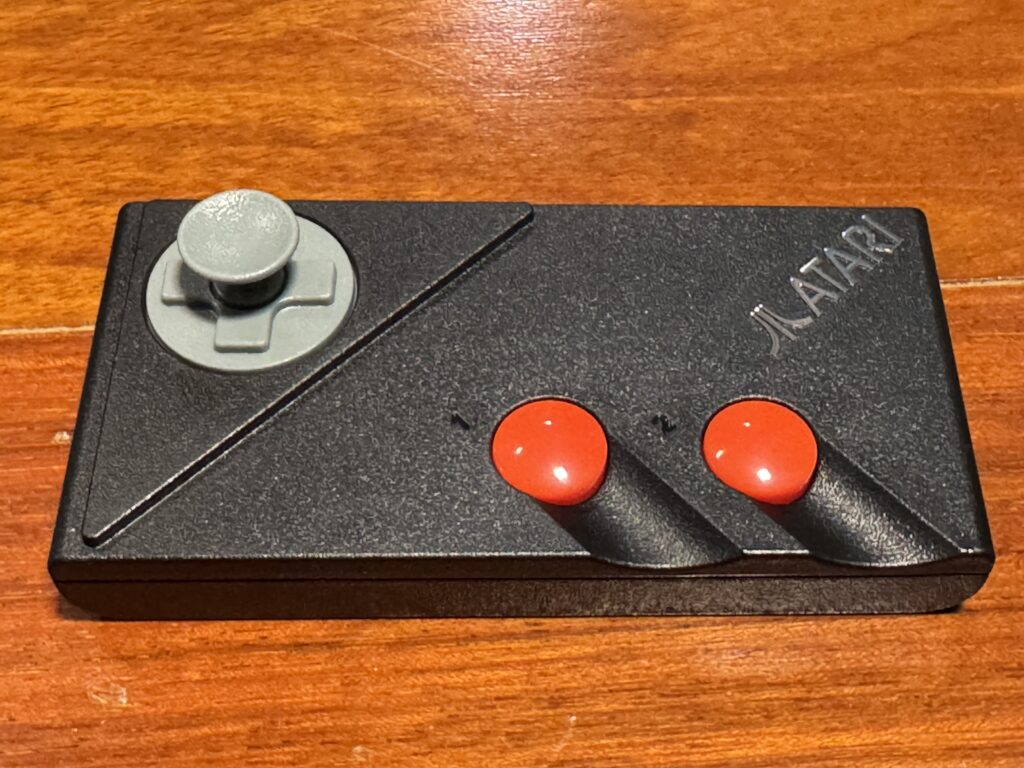
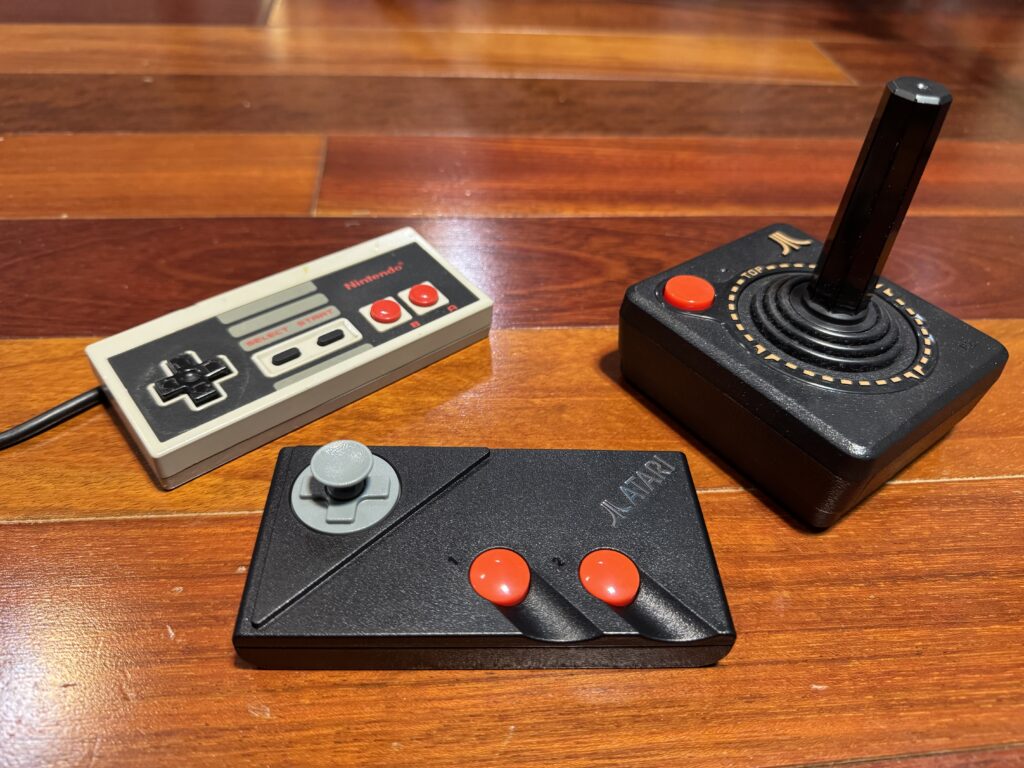
The CX78 pad was also the first packaged Atari controller with two face buttons, a la the familiar NES controller. Unfortunately, those buttons are spaced just far enough apart to make it extremely awkward to hit both at once using a single thumb, which is practically required in newer titles like Bentley Bear’s Crystal Quest. The whole thing seems designed for placing the controller in front of you and hitting the buttons with two separate fingers, which I found less than convenient.
The Atari 7800+ does feature two standard Atari console plugs in the front, making it compatible with pretty much all classic and revamped Atari controllers (and, oddly enough, Sega Genesis pads). Be wary, though; if a 7800 game requires two buttons, a lot of single-button Atari control options will prove insufficient.
The CX78+'s included wireless receivers (which plug into those controller ports) mean you don't have to run any long cables from the system to your couch while playing the Atari 7800+. But a few important controls like pause and reset are stuck on the console itself—just as they were on the original Atari 7800—meaning you'll probably want to have the system nearby anyway. It would have been nice to have additional buttons for these options on the controller itself, even if that would have diminished the authenticity of the controllers.
There are better versions of these games
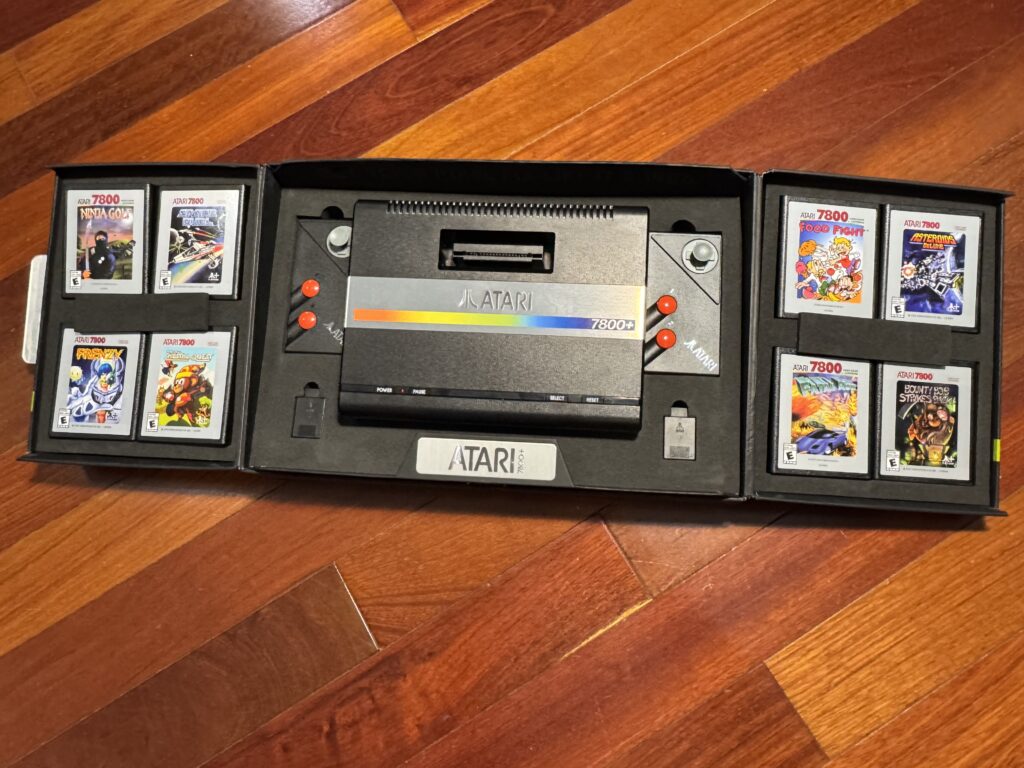
Since I've never owned an Atari 7800 cartridge, Atari sent me eight titles from its current line of retro cartridges to test alongside the updated hardware. This included a mix of original titles released in the '80s and "homebrew elevation" cartridges that the company says are now "getting a well-deserved official Atari release."
The titles I had to test were definitely a step up from the few dozen Atari 2600 games that I've accumulated and grown to tolerate over the years. A game like Asteroids Deluxe on the 7800 doesn't quite match the vector graphics of the arcade original, but it comes a lot closer than the odd, colorful blobs of Asteroids on the 2600. The same goes for Frenzy on the 7800, which is a big step up from Berzerk on the 2600.
Still, I couldn't help but feel that these arcade ports are better experienced these days on one of the many MAME-based or FPGA-based emulation boxes that can do justice to the original quarter munchers. And the more original titles I've sampled mostly ended up feeling like pale shadows of the NES games I knew and loved.
The new Bentley Bear’s Crystal Quest (which is included with the 7800+ package) comes across as an oversimplified knock-off of Adventure Island, for instance. And the rough vehicular combat of Fatal Run is much less engaging than the NES port of Atari's own similar but superior Roadblasters arcade cabinet. The one exception to this rule that I found was Ninja Golf, a wacky, original mix of decent golfing and engaging run-and-punch combat.
Of course, I'm not really the target audience here. The ideal Atari 7800+ buyer is someone who still has nostalgic memories of the Atari 7800 games they played as a child and has held onto at least a few of them (and/or bought more modern homebrew cartridges) in the intervening decades.
If those retro gamers want an authentic but no-frills box that will upscale those cartridges for an HDTV, the Atari 7800+ will do the job and look cute on your mantel while it does. But any number of emulation solutions will probably do the job just as well and with more features to boot.
Hope you enjoyed this news post.
Thank you for appreciating my time and effort posting news every day for many years.
2023: Over 5,800 news posts | 2024 (till end of October): 4,832 news posts
RIP Matrix | Farewell my friend ![]()
- EnglishLionheart
-

 1
1


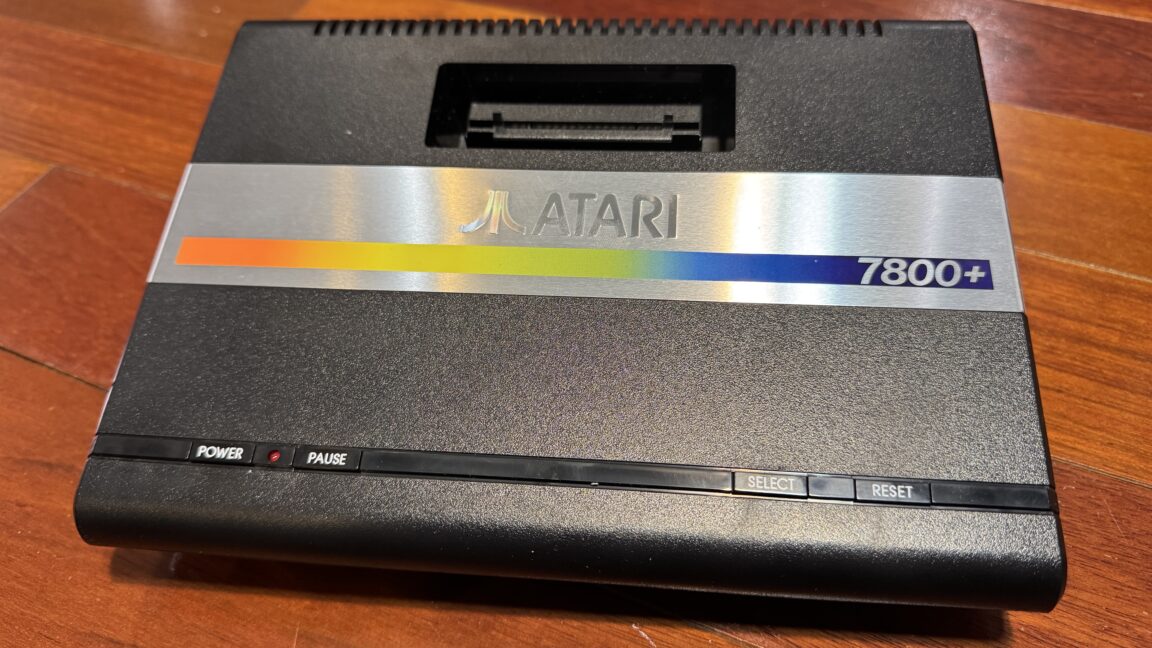
3175x175(CURRENT).thumb.jpg.b05acc060982b36f5891ba728e6d953c.jpg)
Recommended Comments
There are no comments to display.
Join the conversation
You can post now and register later. If you have an account, sign in now to post with your account.
Note: Your post will require moderator approval before it will be visible.